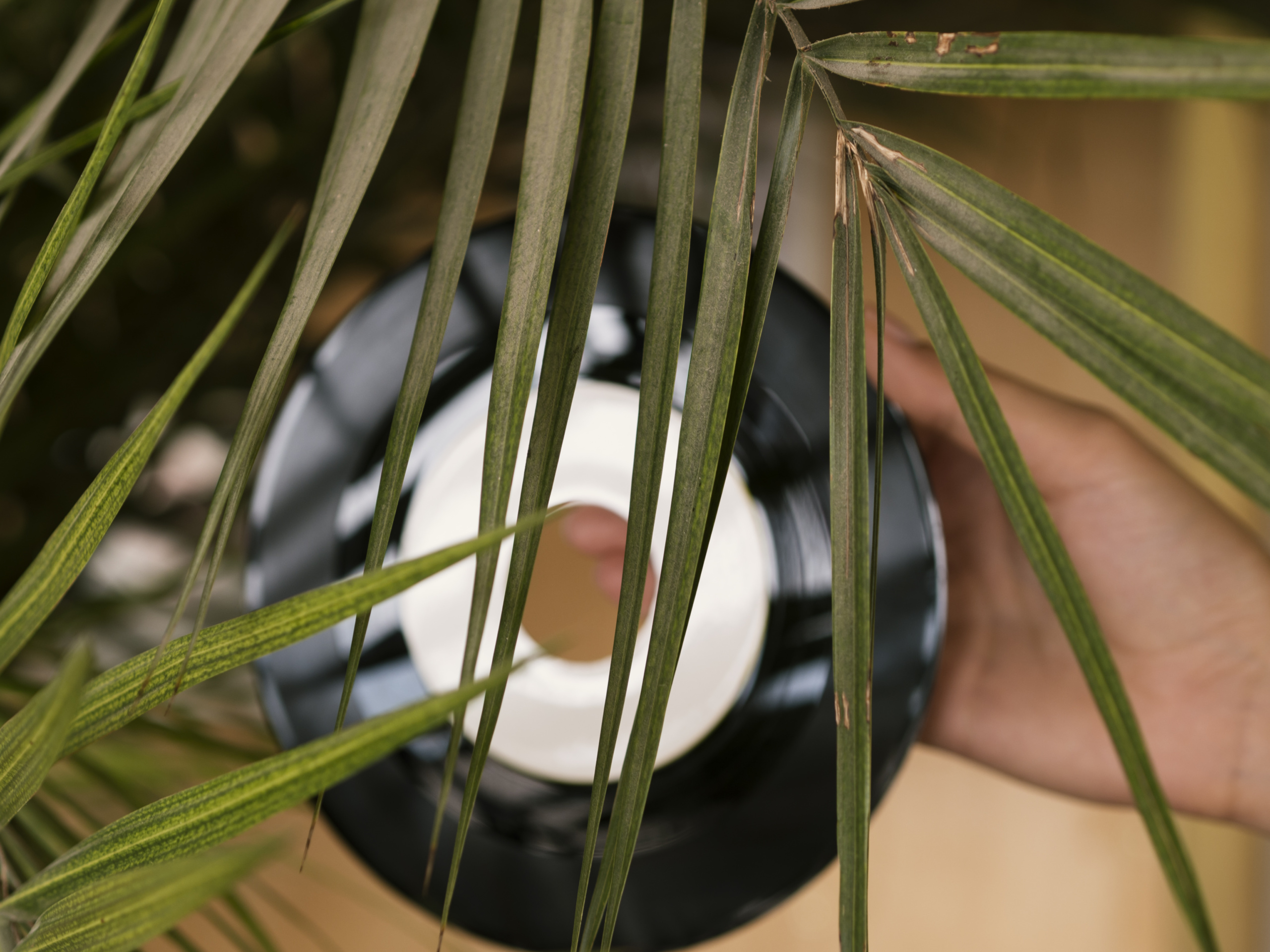The Rain Drum: Nature’s Soundtrack in Your Garden
There are sounds in life that can transport you instantly—perhaps a melody from your childhood, the crackle of a fireplace, or the rhythmic beat of a drum. But imagine, if you will, a sound that perfectly mimics the essence of nature itself: the gentle patter of rain falling on a surface, combined with the deep resonance of a drumbeat. Welcome to the world of the rain drum. While it might sound like something out of a mysterious jungle expedition or a meditation retreat, this deceptively simple instrument is rapidly becoming a beloved feature in gardens worldwide.
You might be thinking, “A drum for the rain? But isn’t that a contradiction?” Well, let me assure you, it’s not. The rain drum is as much about sound as it is about creating an experience—an experience that, with a little imagination, can transform your garden into a serene sanctuary.
So, What Exactly Is a Rain Drum?
At its core, a rain drum is a large, hollow, typically metal drum that is designed to capture the sound of rain falling. Often placed in outdoor spaces, it harnesses the elements—mostly wind and water—transforming them into an enchanting soundscape. Rain drums are frequently found in gardens, where they serve not just as decorative objects, but as an auditory experience. The sound they produce is akin to a rainfall, soft yet resonant, evoking a sense of calm, connection, and even mystery.
What’s particularly fascinating about a rain drum is its ability to “sing” as the rain touches its surface. The rainwater hits the drum in a variety of patterns depending on its intensity, creating an ever-changing symphony. It’s like having your very own natural percussionist on standby, ready to perform whenever the weather allows.
The History and the Magic Behind It
You may be wondering, “Where did this curious instrument come from?” Well, the rain drum has its origins in the ancient cultures of Southeast Asia, particularly in countries like Cambodia, Vietnam, and Laos. The rain drum was originally used for ceremonial purposes, believed to summon rain or ward off evil spirits. It was thought that the thunderous sounds produced by these drums could invoke the heavens, bringing forth the much-needed water to nourish crops. Over time, it evolved from a spiritual artifact to a more secular, aesthetic object.
In modern times, however, the rain drum has made a subtle reappearance, this time as a tranquil garden feature or a delightful backyard addition. Its ability to create a soothing, almost meditative ambiance is exactly why it’s finding a place in contemporary landscaping and design. And let’s not forget the added bonus: when it rains, it’s like having your own personalized soundtrack. Rain has never sounded so poetic.
The Allure of the Rain Drum in Your Garden
Now, let’s talk about why you might want to place a rain drum in your garden—or more aptly, how a rain drum can elevate the experience of your garden. There’s something undeniably mystical about the sound of water colliding with metal in a gentle but persistent rhythm. It’s not just pleasant, it’s therapeutic. For those with a passion for chakra healing, rain drums are particularly beloved for their calming and grounding properties. The deep tones and rhythmic sounds are believed to align with the root chakra, promoting balance and serenity.
But the rain drum isn’t just a piece of sonic architecture. It’s also an aesthetic treasure. Its sleek, sometimes hand-carved exterior can easily complement a variety of garden styles, from rustic to contemporary. Picture a rain drum nestled beside a flowering shrub, or even within a Zen garden, where its sound becomes the heartbeat of the space.
For those living in areas where rain is a rare occurrence, the rain drum becomes a symbol of longing and nostalgia. It’s not just about the actual rainfall—it’s the promise of it, the anticipation of nature’s cleansing touch, captured in a single, resonant note. It’s the type of garden ornament that invites people to pause, listen, and reflect, which is exactly what our over-stimulated, hyper-connected world often lacks: moments of quiet contemplation.
How Does It Work?
You might be asking, “But how does a rain drum actually work? It seems so simple, yet so magical.” Well, as with most good things, the magic lies in the simplicity. The drum’s design ensures that it is hollow, with a concave shape that allows water to pool on its surface. When raindrops land, the water interacts with the contours of the drum, creating different pitches depending on the amount of water and the force of the rain. The result is a spontaneous yet harmonious melody—different every time, but always soothing to the ear.
Some rain drums even feature small mechanisms or “chakras” within the drum that can be struck manually or by the natural elements, further enhancing their sound range. This gentle percussion can transform even the quietest of gardens into a tranquil oasis. What’s more, on days when the rain is sparse, some people have been known to lightly tap their rain drums with sticks or mallets, conjuring their own version of a rainfall symphony.
Where Can You Get One?
If you’re intrigued by the idea of bringing the sound of rain into your garden, you may be wondering where to buy one. Rain drums can be purchased at garden centers or specialized home decor shops. However, for a truly authentic experience, you may want to consider sourcing one from a craftsman who hand-makes these instruments. You can find these treasures online or at artisan markets, where their unique charm and cultural history are passed on to new generations of enthusiasts.
The Bottom Line
A rain drum might seem like an unusual addition to your garden at first, but it’s precisely this uniqueness that makes it so captivating. It’s a subtle, yet profound reminder of the elements that make our world so beautiful—rain, wind, sound, and rhythm—blended into one harmonious instrument. So, if you’re seeking a way to enrich your garden with more than just plants and flowers, a rain drum may be exactly the answer you’ve been waiting for. It’s not just about listening to the rain—it’s about inviting nature to play the soundtrack of your life.

